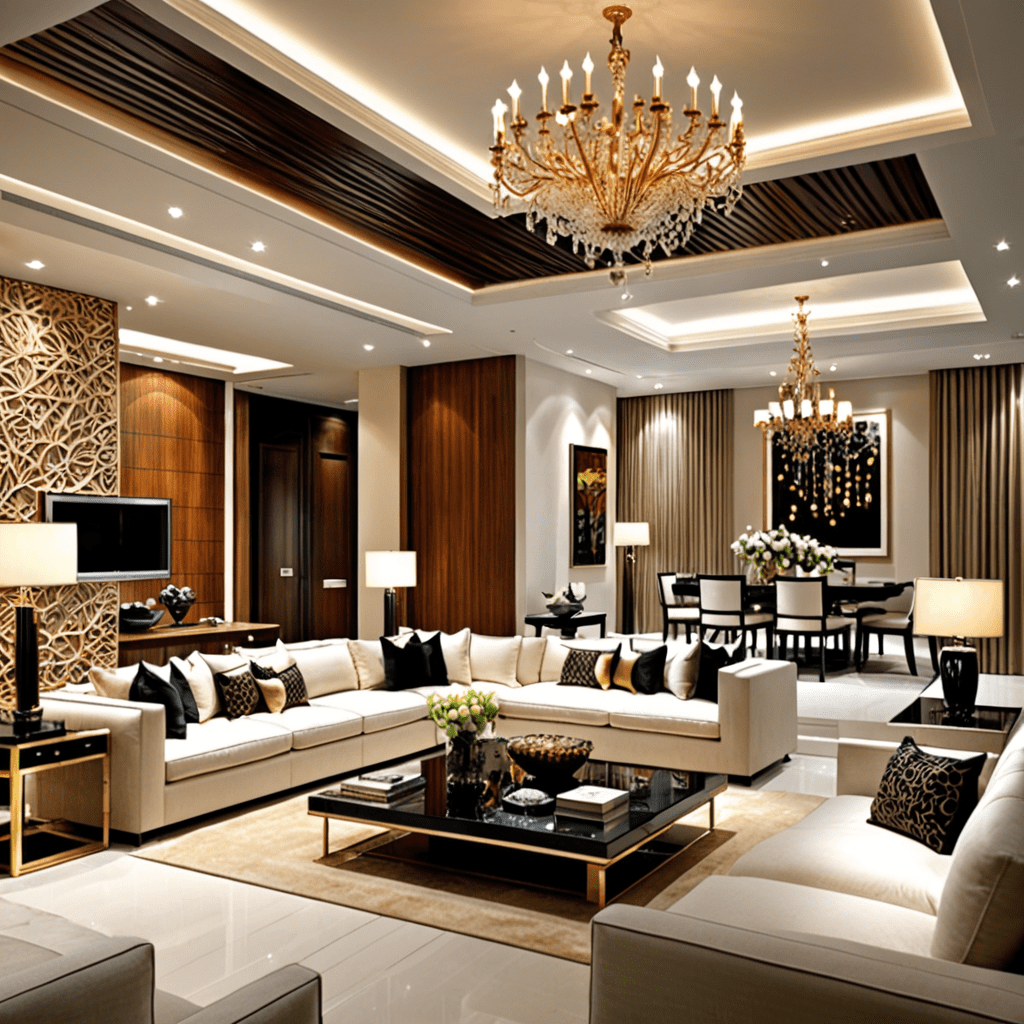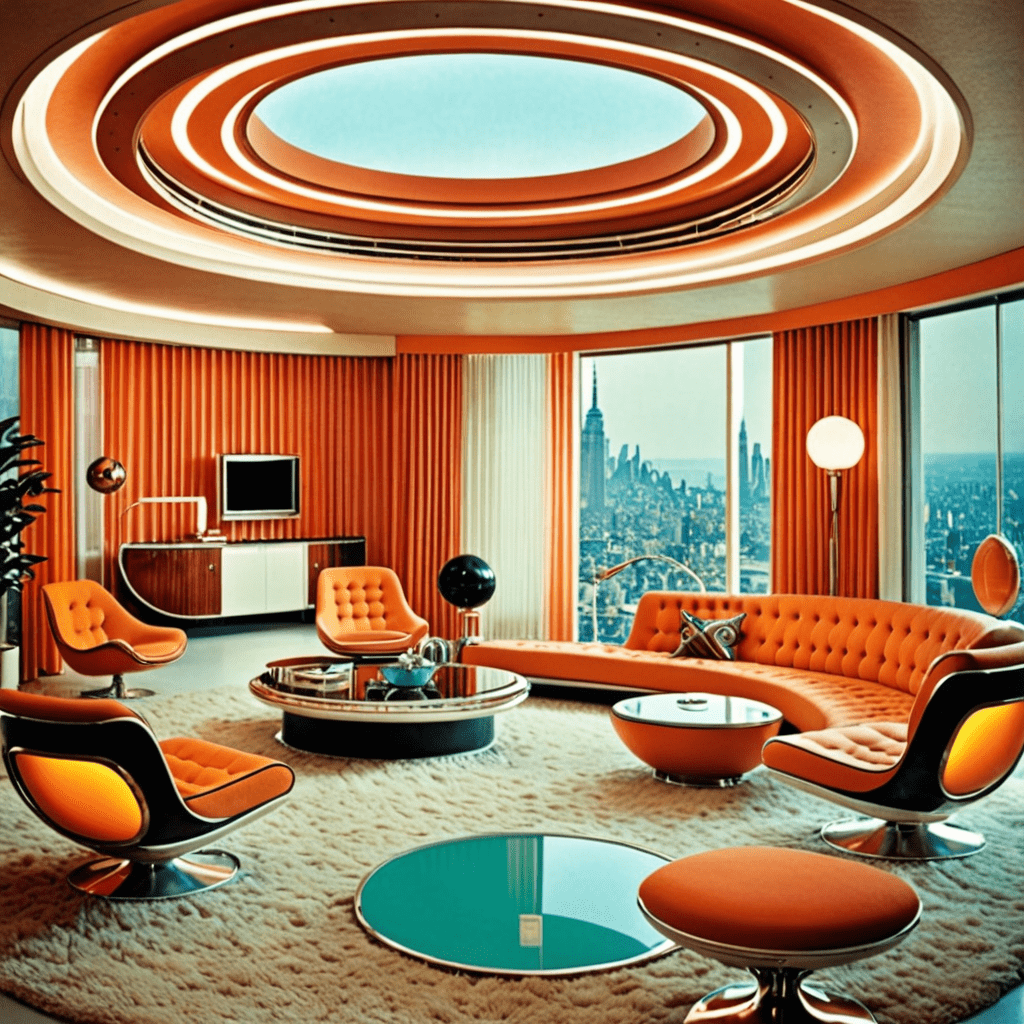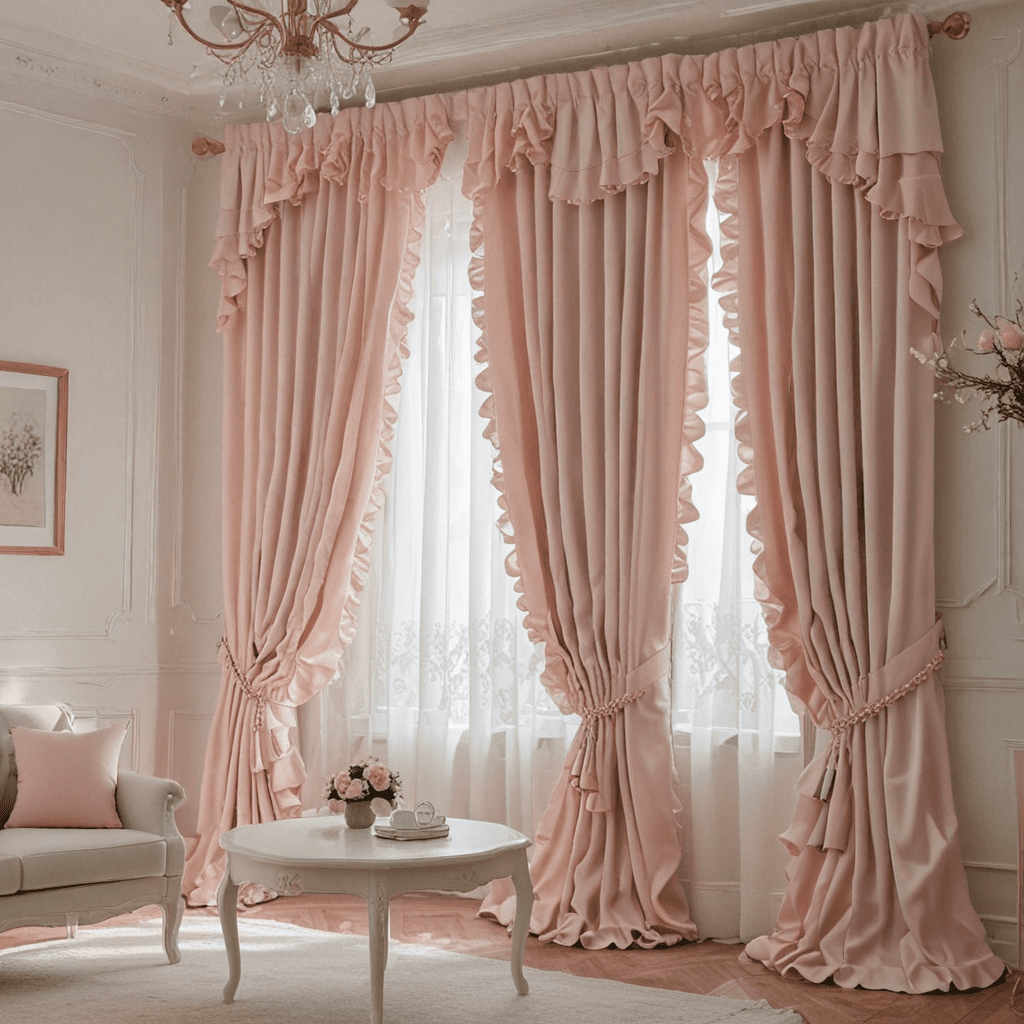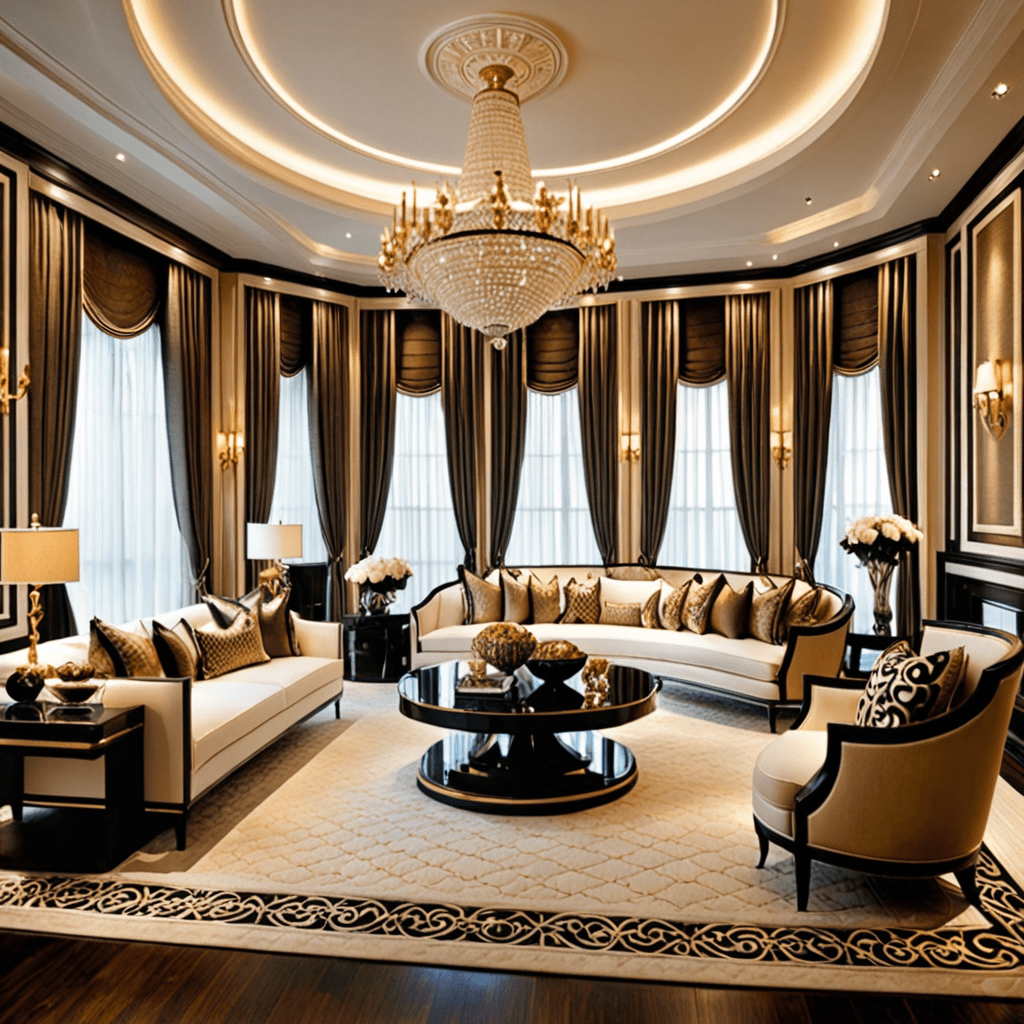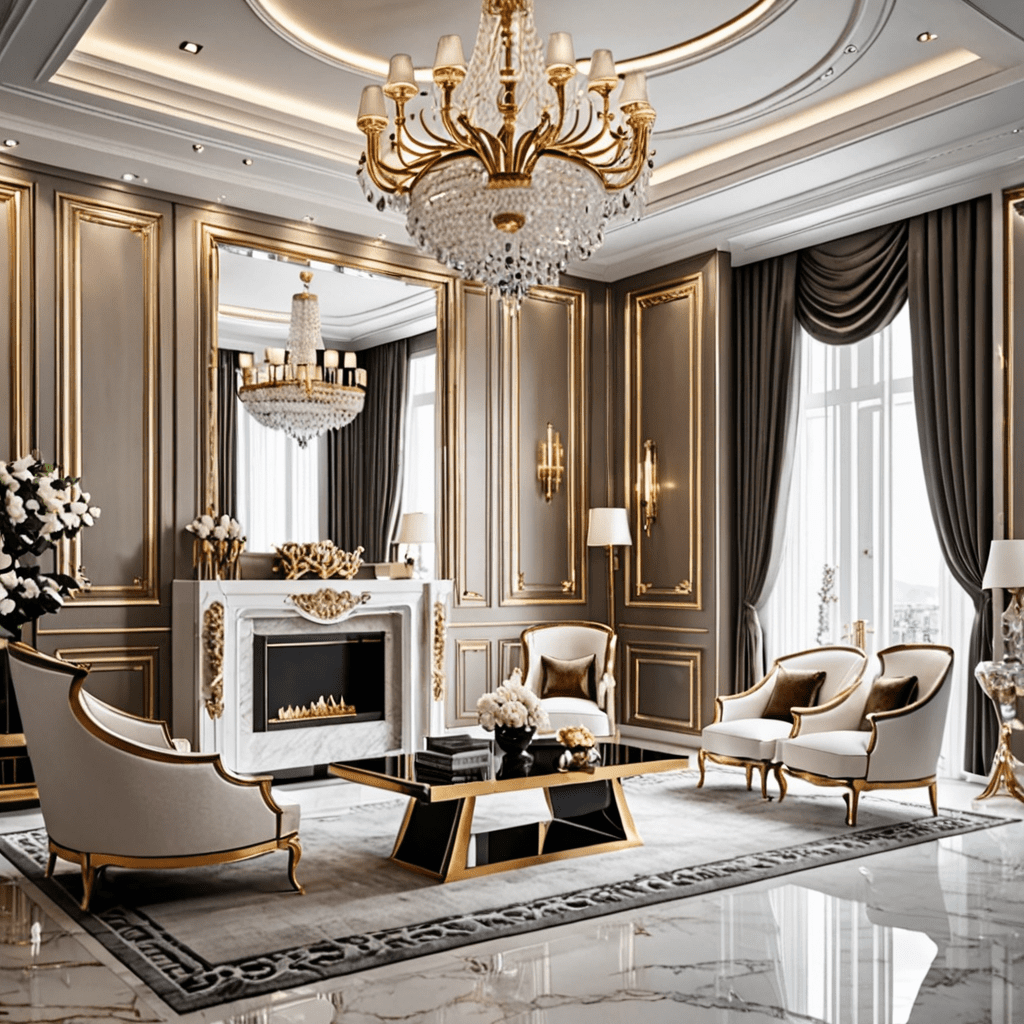Experience the Artistry of Gradation in Interior Design
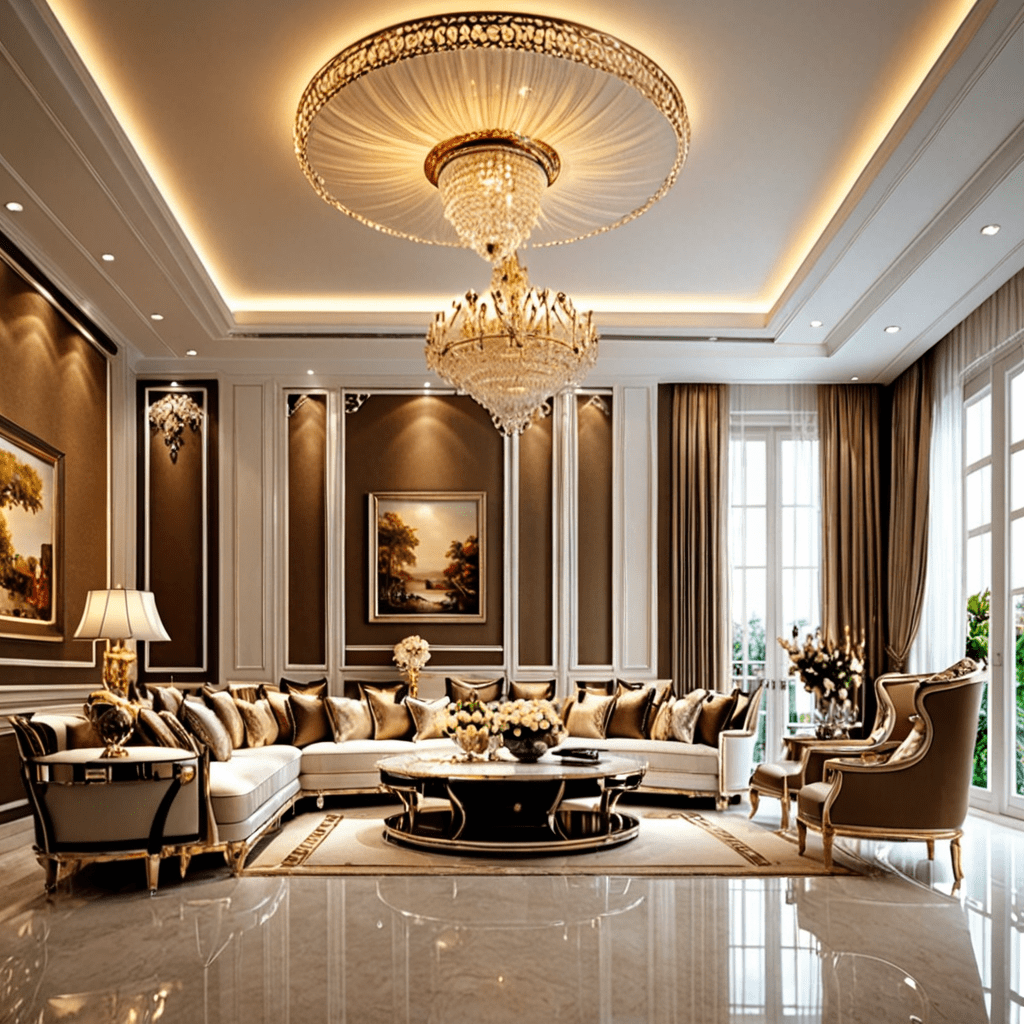

Experience the Artistry of Gradation in Interior Design
Gradation, also known as the art of creating smooth transitions between elements, is a popular technique used in various forms of design. In the world of interior design, gradation allows for the creation of spaces that feel balanced, harmonious, and visually pleasing. From subtle color gradients to graduated patterns and textures, this design approach adds depth and interest to any room. In this article, we will explore the concept of gradation in interior design and how it can be incorporated into your home.
What is Gradation in Interior Design?
At its core, gradation refers to the gradual change in various design elements within a space. These elements can include colors, patterns, textures, sizes, and even lighting. By employing gradation, designers create a sense of movement and flow, resulting in a visually dynamic environment.
The Power of Color Gradation
One of the most common uses of gradation in interior design is through the manipulation of colors. A well-executed color gradation can transform a room from ordinary to extraordinary. By carefully selecting and arranging hues that seamlessly transition from one shade to another, designers can evoke different moods and establish a sense of cohesion.
For example, a gradual transition from cool blues to warm oranges can create a serene and inviting atmosphere in a living room. On the other hand, a more dramatic gradation from dark to light tones can add depth and dimension to a smaller space.
Playing with Patterns and Textures
Pattern and texture gradation is another technique that designers utilize to bring interest and depth into a room. By gradually changing patterns or textures, they can draw attention to specific areas or accentuate certain architectural features.
A classic example of pattern gradation is the use of a larger scale pattern on one wall, transitioning to smaller patterns on adjacent walls. This creates a sense of movement and adds visual intrigue to the space. Texture gradation, on the other hand, can be achieved through the use of different textiles and materials that vary in roughness or smoothness, providing tactile interest to a room.
Size and Scale Gradation
Creating a sense of proportion and balance is crucial in interior design. Size and scale gradation is a technique that allows designers to manipulate the perception of space and emphasize certain elements.
For instance, in a dining room, the proportionate placement of chairs with varying heights can create a visually interesting and dynamic seating arrangement. Additionally, using furniture and decor items of different sizes contributes to a layered and curated look that adds depth and visual appeal.
Let There Be Light: Gradation in Lighting Design
Lighting plays a significant role in interior design, and gradation can be effectively incorporated into lighting schemes. By combining different levels of light intensity and using fixtures with varying shapes and sizes, designers can establish a sense of depth and ambiance within a room.
For example, in a bedroom, a combination of a soft, diffused light source near the bedside and a brighter, directional light near a study area creates a gradual shift in illumination, enhancing functionality and visual interest.
Frequently Asked Questions
Q: Can I incorporate gradation in a small space?
A: Absolutely! Gradation can be implemented in any room, regardless of its size. In fact, utilizing gradation techniques in a small space can create the illusion of depth and make the room feel larger.
Q: How can I incorporate gradation without overwhelming the space?
A: Gradation should be used thoughtfully and in moderation. Start with subtle transitions in color, patterns, or textures and gradually increase the intensity if desired. Additionally, it is essential to keep the overall balance of the room in mind and ensure that the gradation complements the existing elements.
Q: Can I use more than one type of gradation in a single room?
A: Yes, you can! Combining different types of gradation, such as color and pattern, can create a layered and visually dynamic space. However, be mindful of striking a balance and ensuring that the various gradation techniques work harmoniously together.
Q: Is gradation suitable for all interior design styles?
A: Gradation can be adapted to suit various interior design styles, from contemporary to traditional. It’s a versatile technique that can enhance any space when applied correctly. However, the specific implementation may vary depending on the style and desired aesthetic.
Q: Can I incorporate gradation without a major renovation?
A: Yes, absolutely! Gradation can be achieved through simple changes such as repainting walls, rearranging furniture, adding or changing lighting fixtures, or updating textiles and accessories. It’s a flexible design approach that allows for creativity within any budget or scope.
In conclusion, gradation is a powerful interior design technique that adds depth, interest, and harmony to any space. By skillfully manipulating colors, patterns, textures, sizes, and lighting, designers can create environments that are visually striking and pleasing. So why not explore the artistry of gradation and transform your home into a beautifully curated space?
